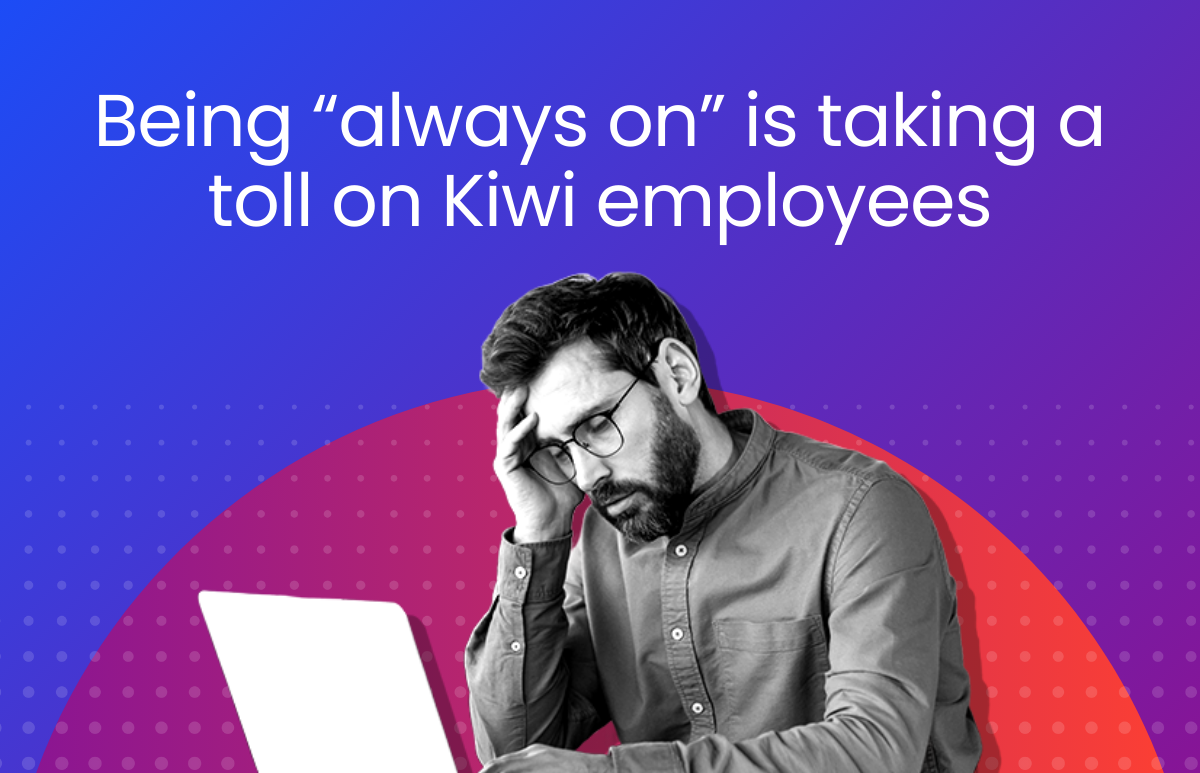A Guide to Onboarding Remote Employees in Australia

Onboarding new employees is challenging enough, but onboarding remote employees requires an extra level of planning and coordination. With more Australian organisations embracing remote work, it’s essential to have a strong onboarding process to set up new remote team members for success from day one. This guide will provide tips and best practices for onboarding new hires remotely.
Why remote onboarding matters
The shift toward remote work is clear. Even as pandemic restrictions ease, many Australian organisations plan to continue offering remote work options. A study by WGEA found that most Australian employers will allow more employees to work flexibly going forward.
With this ongoing shift, effective virtual onboarding is crucial. Onboarding sets the foundation for an employee’s entire tenure at a company. When done right, it provides new hires with the tools and connections they need to become productive members of the team. For remote employees who may feel isolated, thorough onboarding helps them feel welcomed and engaged.
What are the Challenges of onboarding remote employees
Onboarding remote workers poses unique challenges compared to in-office onboarding:
- Lack of in-person interaction – No meet and greets, office tours, or popping into a coworker’s cubicle. This can make it harder for new remote employees to build connections.
- Communication barriers – Communicating virtually makes it easier for messages to be missed or misunderstood. This can lead to new hires feeling disconnected.
- Technology challenges – Getting new remote employees set up with all the required hardware and software can be tricky when you can’t be there in person to troubleshoot issues.
- Distractions at home – Remote workers can face more at-home distractions like kids, pets, or chores that pull focus away from onboarding tasks.
Keys to successful remote onboarding
The good news is that with planning, preparation, and intention, you can overcome these obstacles and onboard remote employees effectively. Here are some best practices:
Start onboarding early
Send new hires a welcome email or package one to two weeks before their start date. Include logistics like work hours and job expectations, but also company swag, handwritten welcome notes from teammates, or gift cards for coffee. This helps new hires start feeling connected before day one.
Set up the tech
Don’t wait until the start date to get new remote workers set up with equipment and access. Ship laptops, phones, and other hardware at least one week prior, along with instructions for accessing email, servers, collaboration platforms, and internal systems. Have an IT point person schedule a virtual meeting to walk through the setup and address any issues.
Schedule dedicated check-ins
In the first weeks, the manager and new remote hire should touch base daily via video chat. This allows the manager to answer questions in real-time and strengthens the relationship when face-to-face meetings aren’t possible.
Create opportunities for connection
Schedule video calls for the new team member to meet with key contacts like their manager, mentor, tech support person, and direct teammates. Virtual coffee chats, online games, or virtual lunch meetings also help remote workers feel connected.
Send a box of onboarding goodies
Mail new remote hires a box of company swag, resources, and fun treats to welcome them. Include things like company t-shirts, notebooks, coffee mugs, snacks, and gift cards. Personal touches make new team members feel special.
Set goals and milestones
Work with new remote hires to set 30, 60, and 90-day goals. Establish key milestones tied to these goals and regular check-in points to provide feedback and recognition. This helps keep new remote workers engaged and aligned.
Remote onboarding checklist
Here’s a comprehensive checklist covering all the essentials for onboarding new remote staff:
Before day 1
It’s important to make new hires feel welcomed and set up for success before they even start. Sending a welcome package and company swag helps build excitement. Providing logins, access, and an IT orientation ensures they have everything needed to get started on day one. Introducing key contacts provides a support system. Overall, these steps make for a smooth transition into the new role.
- Send a welcome email, package, and company swag
- Ship hardware like laptop, phone, tablet
- Provide logins and access to key systems
- Set up IT orientation to test hardware and troubleshoot issues
- Introduce new hires to key contacts
- Send onboarding box with swag, resources, and treats
First week
Should focus on acclimating new hires into the company and their role. Schedule regular check-ins to touch base on progress. Review job expectations and policies so there is clarity on responsibilities. Provide resources like the handbook and org chart so they can learn the company structure. Assign a mentor for questions that arise. The first week is about equipping new hires with the tools and knowledge to ramp up quickly.
- Schedule 30, 60, 90-day check-ins and set goals
- Review job expectations and policies
- Provide an overview of teams, departments, and organisational structure
- Explain remote work
- Provide company handbook, resources, and FAQs
- Share org chart and key team contacts
- Schedule video calls with cross-functional partners
- Assign a buddy or mentor for questions
- Send office supplies if needed for home office setup
First month
Start transitioning from onboarding to integrating new hires into the team. Host 1-on-1s to support their continued growth. Outline short and long-term goals to provide direction. Offer training on systems and tools to increase proficiency. Gather feedback on the experience so far. The first month is about helping new hires excel in their role and feel like a valued part of the team.
- Host regular 1-on-1 video check-ins
- Outline 30/60/90 day goals and development plan
- Provide training on internal systems and tools
- Clearly communicate performance expectations
- Host virtual lunch with new hire’s team
- Send a 30-day onboarding feedback survey
First 90 days
New hires should feel fully acclimated. Discuss progress on goals set to ensure they are on the right track. Provide opportunities for collaboration to build connections. Host informal events to celebrate achievements and foster community. Check-in on work-life balance as remote work brings unique challenges. The first 90 days are about ensuring new hires are productive, engaged, and set up for long-term success.
- Discuss progress on 30/60/90 day goals
- Offer opportunities for remote collaboration
- Rotate virtual meeting times to accommodate time zones
- Host informal virtual events to celebrate achievements
- Provide feedback from multiple sources
- Check in on work-life balance and adjustment
Make onboarding a priority
The Australian job market is more mobile than ever before. With over 1.3 million Australians changing jobs in 2023, talent competition is fierce. This makes effective onboarding critical for engaging and retaining new hires.
The costs of losing an employee after insufficient onboarding are steep, estimated at around $24,000 per hire in Australia. Investing in a thorough onboarding program pays dividends through increased retention and faster new hire productivity.
Remote onboarding requires extra effort to virtually build connections, communicate expectations, and set up technology. Following structured best practices ensures remote workers feel welcomed, aligned, and empowered to do their best work.
 HR Core
HR Core 










